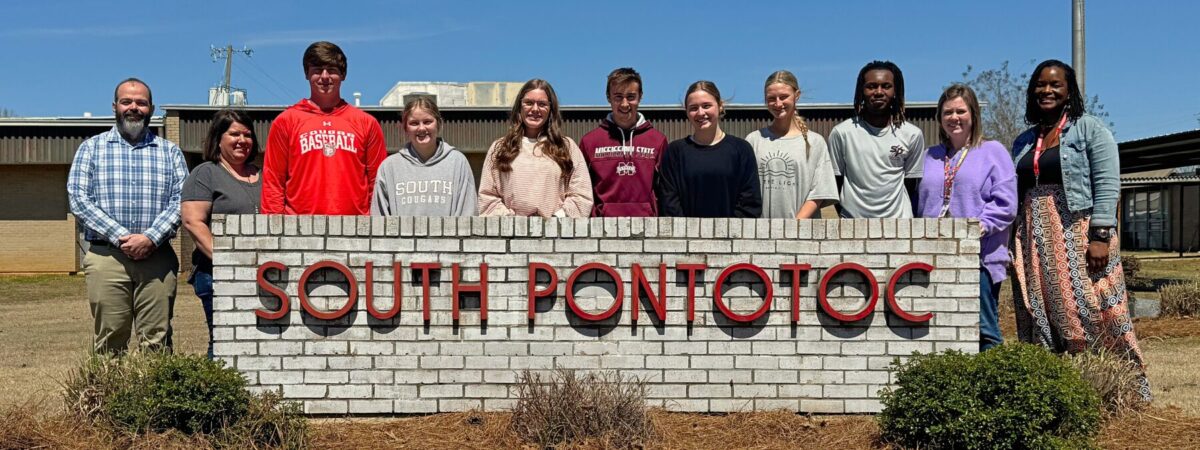
As a postdoctoral research associate for the Baylor Center for School Leadership, I was hired as the program manager of a federally funded research study to collaborate with the University of Mississippi on adolescent substance use prevention in 11 middle and high schools in Northern Mississippi. Dr. Jon Eckert, the project’s principal investigator and improvement science scholar at Baylor, set the direction of the study while trusting me to manage the day-to-day needs of the project.
We scoured nearly 100 peer-reviewed articles on adolescent substance use prevention. Still, we felt something was missing. Most of the studies were highly technical, analyzing the efficacy of branded prevention curricula or focusing on specific types of substance use or a narrow subgroup of students. Few articles offered practical findings on how to combat the cultural influences of movies, music, and social media that glamorize drinking, smoking, and getting high. Our research team led 40 local educators through an adaptive change model emphasizing collective leadership. Yet, we struggled to find an intervention that was both research-based and pragmatic.
At the convening, I soon found out what I was missing when I learned about the first two core tenets of Inclusive Innovation:
We shift the research and development (R&D) process to a model of co-leadership, co-research, and co-design with those most impacted by a particular challenge—students, parents, and communities.
We elevate young people as experts and their voices are centered in co-creating their learning experiences. In order for this to work, a mindset shift toward the belief that students can and should co-lead education R&D is absolutely necessary.
I had this epiphany when members of CII’s League of Innovative Students took the stage at the convening. These high school students commanded the dais, explaining how they deserved a say in their education and would enjoy school much more if the adults in the building respected and valued them as leaders. They discussed how school stresses them out, noting that educators unwittingly contribute to their anxiety and depression when we speak at them, not with them.
In addition to presenting the posters of their capstone research projects, these students led roundtable consultancies for educators and school-based nonprofit leaders seeking advice on how to solve problems of practice. When I asked one senior from a Los Angeles high school about the challenges of our adolescent substance use prevention research project, she told me to organize student leader groups in Mississippi schools to help me. She bluntly said that students tend to listen to their peers more than adults and that students can articulate an effective anti-drug use message to teens better than teachers can. I knew she was right.

Ironically, I was a champion for student voice during my 14-year career as a Chicago Public Schools educator, but I had forgotten about the opportunity to engage student voice as a researcher. I founded my middle school’s competitive debate and poetry slam teams and organized the choir, talent show, and charity fundraisers. I kept my students on somebody’s stage.
However, when I left the classroom to embark on my doctoral studies, my focus on student voice ceased. My graduate professors challenged me to take a 30,000-foot view of education using mega data. As such, student inputs became ones and zeros, and student outputs became positive or negative coefficients that could or could not reject the null hypothesis. As an educator-turned-researcher, the language I used to describe schooling radically changed, and the humanity (or messiness) of teaching and learning was relegated to the error term of a statistical equation model. As researchers, we must humbly navigate the tensions of narrating our subjects’ lived experiences through the limited tools of scientific inquiry.
This is why events hosted by Digital Promise’s Center for Inclusive Innovation are vital to education R&D. They bring together school practitioners, education researchers, edtech providers, community partners, and students to devise new ways to address problems of practice. Each attendee is asked to consider their approach from a different vantage point, and every person brings a valuable perspective that advances the solution.
Hearing students at the convening lobby for more voice in education research touched my soul. Once we knew what to look for, we found student voice promoted in prevention science literature. With all this in mind, our research team forged ahead with student groups—and we’ve never looked back. Thanks to the 2023 CII convening, we now have 100 young co-researchers at 11 schools helping us implement a substance use prevention plan on their campuses. We are as excited about the research project’s process as we are about potential positive results.